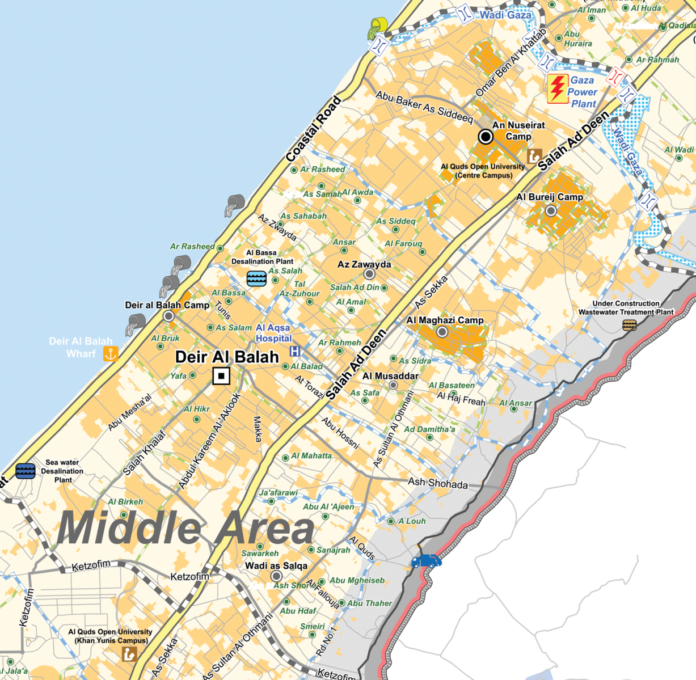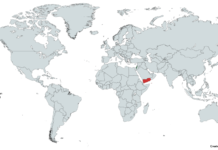As the war in the Gaza Strip enters its 100th day, the situation remains intense and complex. Israeli forces have intensified their operations in southern and central Gaza, focusing on areas like Khan Younis, Deir al-Balah, Al-Bureij, and Al Maghazi. These operations have included both air strikes and ground offensives, with reports of fierce gun battles in some of these areas.
The fighting has resulted in a significant number of casualties. The Gaza Health Ministry reports that the overall death toll in Gaza since the start of the war is nearing 24,000, with more than 60,000 wounded. It’s important to note that these figures include both combatants and civilians. The high civilian toll has brought widespread international criticism and calls for a ceasefire.
The Israeli military has been targeting Hamas infrastructure, such as rocket launchers and tunnels. One of the key focuses of the Israeli operations has been the extensive network of underground tunnels, known as “the Metro,” used by Hamas militants. These tunnels, equipped with facilities like electricity and air filtration systems, have been crucial for Hamas’s operations.
Despite the ongoing conflict, there have been some efforts to provide humanitarian aid to those affected in Gaza. For instance, eighty-one trucks carrying aid entered Gaza through the Kerem Shalom and Rafah crossings. However, the amount of aid remains insufficient due to the scale of the destruction and the large number of displaced people.
On a broader scale, the conflict has had regional implications, with concerns about it spilling over into a wider regional conflict. This concern is underscored by incidents like Israeli airstrikes in Lebanon targeting Hezbollah, which is aligned with Hamas, and U.S. actions against Houthi militants in the Red Sea, who have expressed solidarity with Hamas.
The situation in Gaza remains dire, with a large portion of the infrastructure, including homes, hospitals, and schools, being damaged or destroyed. The United Nations has reported an increased risk of hunger and disease, as families face the winter in makeshift shelters. The war’s impact on Gaza’s civilian population, especially children, has been profound, with significant psychological and physical consequences.
In summary, the war in Gaza is not only a localized conflict but one with broader implications for regional stability and international relations.
Image is in the public domain.









